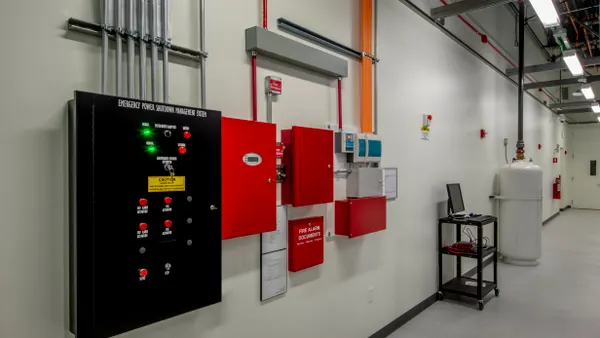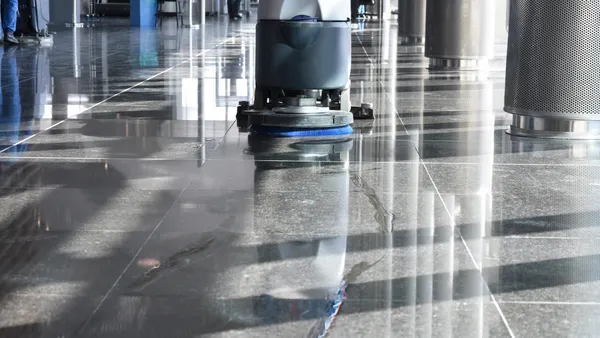With the advent of wireless, mesh-connected thermostats, sensors, lighting and device controllers, the total cost of ownership for energy management systems has been reduced by an order of magnitude.
Two important consequences of this cost reduction are:
- Energy management systems are no longer reserved for large buildings. Buildings as low as 1,000 sq. ft are now regularly outfitted with sophisticated systems to reduce energy costs and automate building operations. Facility managers for retailers, quick-serve restaurants, convenience stores and bank branches are therefore adopting the latest energy management systems at a rapid pace.
- Energy savings for these buildings typically pay for the system in three to six months.
As financial executives and operations managers focus on procurement and deployment of energy management systems, here we offer a set of key features that are required for a successful project:
- Peak Power Management:
As high as 70% of the electricity bill is due to peak power consumption. This is often overlooked or misunderstood. Peak power consumption is commonly referred to as “demand charges” and it is the premium that utility companies charge, especially during peak periods. Modern energy management systems actively reduce peak power consumption by seamlessly coordinating operations between different electricity consumers in the building.
- Utility Rate Structure Awareness:
Modern systems are aware of the utility rate structures used by the power utility companies for calculating their customers’ bills. These rates are dependent on the different hours of the day and different months of the year. This “rate intelligence” allows the system to adjust usage levels and times for optimal cost savings.
- Integrated, Real-time Power Measurement:
Modern energy management systems choreograph power consumption for various electricity users in the building. Since the meters that are installed by the utility companies are not able to provide real-time power information, the EMS must be equipped with a real-time power measurement device.
- A Broad Set of Control Nodes:
Control nodes such as integrated thermostats, lighting controllers, relays and sensors are key to easy design and deployment of modern energy management systems.
- Integrated Cellular Internet Connectivity:
To maximize the benefits of the EMS, it is critical that various capabilities and settings of the system are controllable remotely via the Internet. The modern EMS provides connectivity using cellular services. This is important for cybersecurity and connectivity that is independent of the building’s internet service providers.
- Web Portal with Tiered User Access:
The optimal interface for a modern EMS must provide the capability of presenting information to various stakeholders in a company’s organizational chart. Different employees and contractors should be allowed to see and do different things depending on their expertise and responsibilities.
- High-speed Wireless Mesh Connectivity Between Control Nodes:
To minimize installation costs, data connectivity between various system sensors and controllers must be wireless.
- Self-Commissioning:
A modern energy management system should be put into service as the installation takes place. Should any parameters require adjustments, the installer should be able to perform the adjustment on their cell phone as the installation is taking place.
- Over-the-Air Software Updates:
A well-conceived energy management system must operate without interruptions and contribute to the building’s energy efficiency and the comfort of the building occupants for years if not decades. Such a system must be upgradable and updateable remotely and over-the-air (OTA).
Summary:
Modern energy management systems provide cutting-edge technology at a fraction of the cost of traditional systems. With low-cost equipment, simple design and cost-effective installation of energy management systems, more systems are deployed in more buildings (large and small) to reduce energy costs and to provide seamless temperature comfort for both employees and customers.










